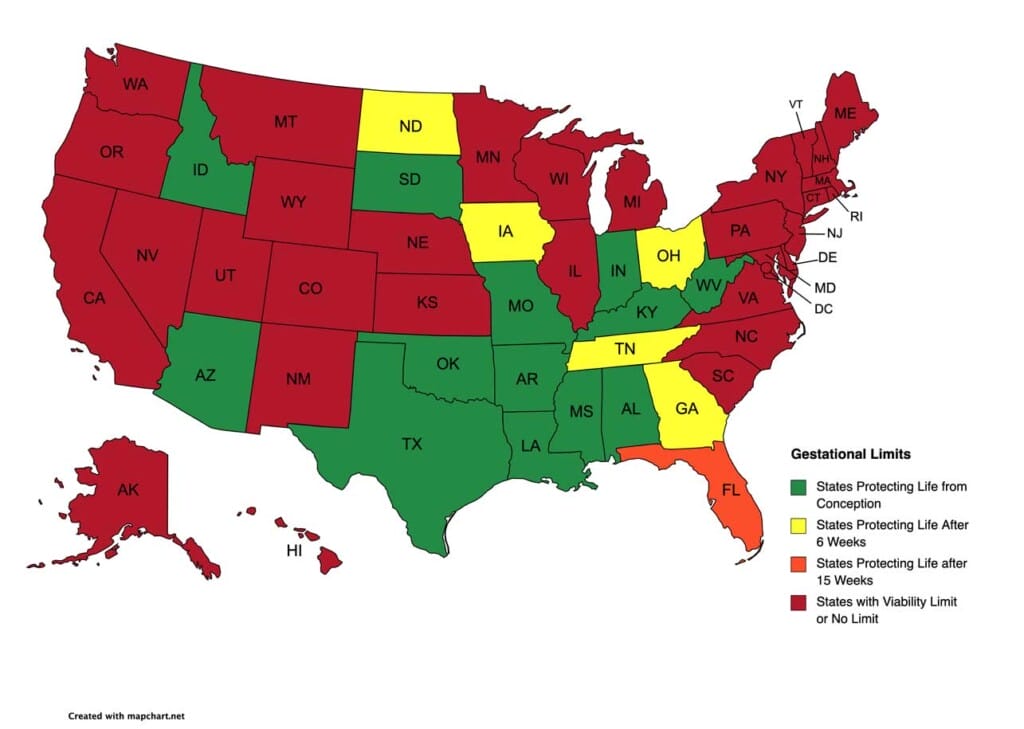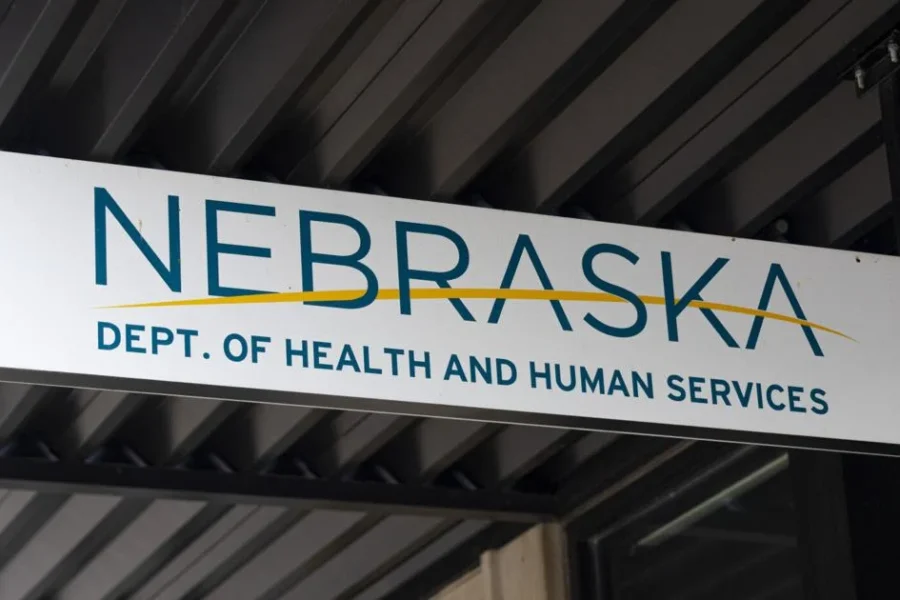After 49 years, the U.S. Supreme Court has overturned Roe v. Wade and subsequent jurisprudence, finding there is no constitutional right to an abortion. Its historic decision in Dobbs v. Jackson Women’s Health Organization has established that the issue of abortion has returned to the People and their elected representatives to govern. Now, each state is free to chart its own course to limit or even prohibit the practice of abortion, subject only to limits that state constitutions or courts may impose.
This map gives a snapshot of the current law on abortion in each state. Looking forward, we are hopeful to see the map change to reflect more states protecting preborn human lives through strong legislation and the will to defend laws in court.

Rapid Change and Constant Litigation
The laws governing abortion are rapidly changing. Dobbs opened the floodgates to litigation as states push to enforce their laws, and encouraged state legislators to pass new laws that further protect life. The full fact sheet (also linked at the bottom of the page) provides each state’s strongest law against abortion, in other words, the most protective provision that is currently active. The states are arranged from most protective of the unborn (from conception) to least protective of the unborn (no protection throughout pregnancy). States that were previously unable to pass strong pro-life legislation may do so now. Similarly, states that have little to no protection against abortion can pass legislation that is less protective of the unborn—or even that promotes abortion.
Under each state, a section for other laws is listed, varying from less protective of the unborn to currently inactive. The laws governing the issue may change as state courts impose or lift injunctions against pro-life laws, and as “conditional laws” take effect. When Roe went into effect, every law banning abortion was rendered inactive—effectively made into a conditional law unless it was explicitly struck by the state legislature. Now that there is no longer a right to abortion under the federal Constitution, the conditional laws—both new and old—may go into effect.
Thus, in some states, abortionists and anti-life activists are seeking preliminary injunctions to pause the enforcement of such laws until they have been litigated. Listed by each state is a “current litigation” section that outlines any cases that could affect the abortion limits once litigation is complete. These cases may be seeking to change the limitations on abortion or attempting to impose a state constitutional right to abortion. As laws previously enjoined by Roe are springing back into effect, enforcement of the laws on the books brings litigation that can change how strong the states’ limitations are.




